JOEL MEYEROWITZ
JOEL MEYEROWITZ
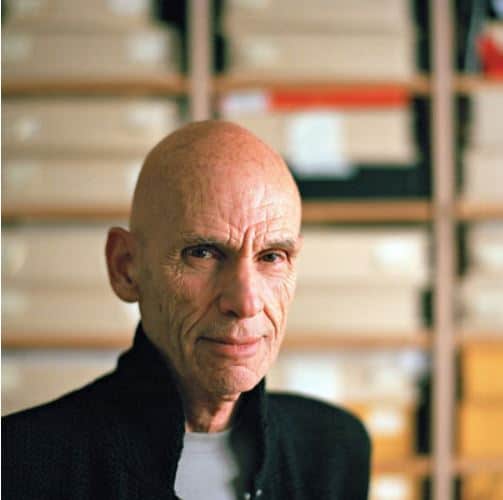
I’ve been watching a television documentary series called The Genius of Photography, by BBC 4, aired in 2007. You can watch all six episodes here. One photographer who often appears in the series, adding all kinds of intriguing commentary, is Joel Meyerowitz. His work is far more wide-ranging than just documentary, which you can see this screenshot of his website.
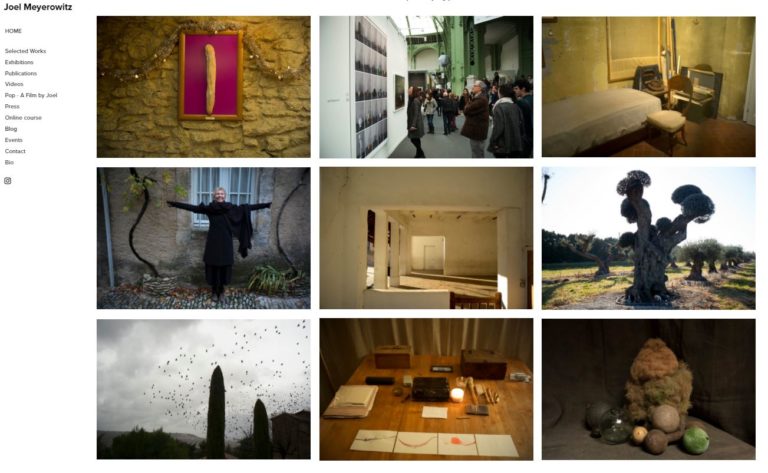
For this post, I’ll confine my comments to Meyerowitz’s documentary work, covering three periods: street photography in the 1960s and 70s, the World Trade Center in 2001, and now.
Meyerowitz was born in 1938 in the Bronx. He still lives in New York City. He started photographing in 1962, inspired by the work of Robert Frank, and made a name for himself as a street photographer in New York. By 1972, he was photographing exclusively in color, often with a large-format camera.
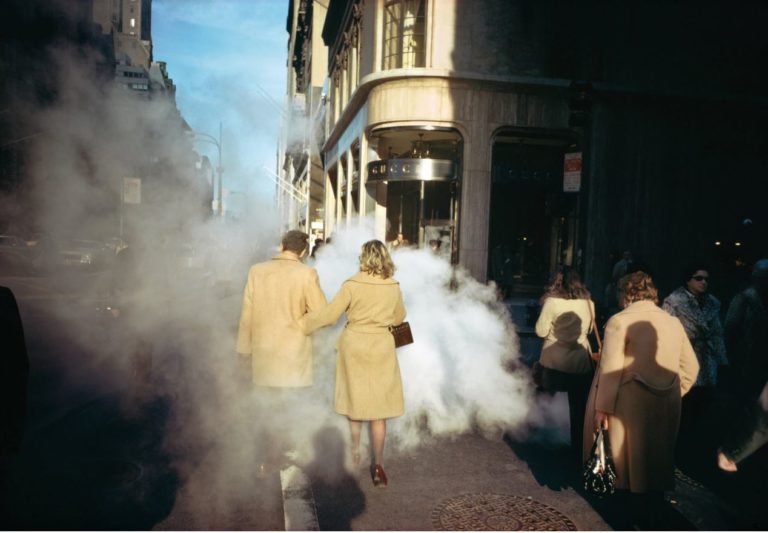
“Fifth Avenue is an addiction,” Meyerowitz says. “Once you get the drift of it, feel the energy of it, it makes you want to go back again and again because it’s where life seems to be. Going out on the street, being in this river of humanity, and seeing unexpected incidents occur, how do you make it yours? How do you become courageous enough to step into the space and take the picture out?”
In the 1960s and 70s, Meyerowitz worked the same New York streets as fellow photographers Lee Friedlander, Diane Arbus, and Garry Winogrand. He explains his style at the time: “Having absorbed Cartier Bresson’s decisive moment, there came a point when I had to reject it and reimagine it somehow in New York. Cartier-Bresson’s Europe had a sweet organization of Parisian streets… New York is sizzling with energy and skyscrapers and steel and glass… As big as it is and dynamic as it is, people are rubbing up against each other all the time… It’s full of possibilities.”
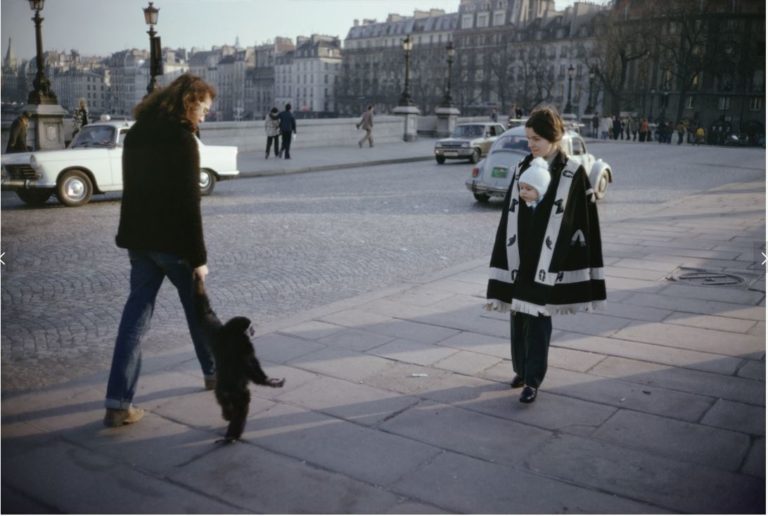
Fast forward twenty years. On September 11, 2001, the World Trade Center in New York City was attacked and destroyed. On this day, Meyerowitz visited the scene to take photographs. “I did something I’ve done my entire life,” he said. “I picked up my Leica. As I put it to my eye, someone punched me on my shoulder. It’s a cop, and she says, “No photographs, buddy.” I said, “What are you talking about? This is the street, this is the public thoroughfare.” She said, “I told you, no photographs allowed.” And I thought, Whoa if there’s no photographs, there’s no history… I’m going to get in there and make these pictures. We need a record.”
Meyerowitz was the only photographer allowed on the site of the former World Trade Center, where he worked for nine months with a large format camera making color pictures of the aftermath. “I photographed the entire thing in color because to photograph in black and white would be to keep it a tragedy.”
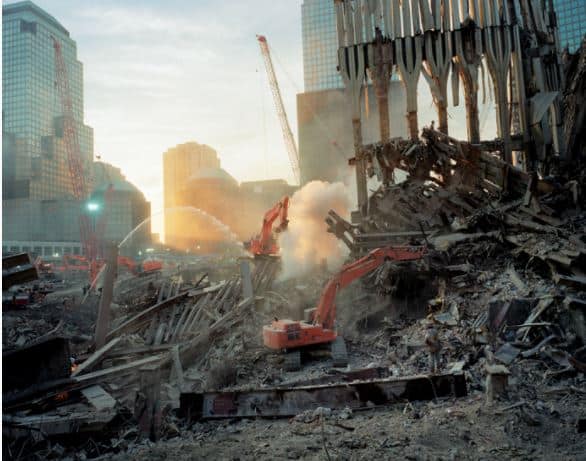
Fast forward yet another twenty years to 2020. His recent work was featured in a New York Times article “Eight Photographers’ Pictures From Isolation.” They’re from a series of self-portraits he’s making during quarantine, one a day for a year. Of this project, he writes, “I’m 82 years old, and I’m in that vulnerable group. Plus, I have a compromised respiratory system because after 9/11, I spent nine months taking pictures at ground zero… I’m looking at themes of life, aging, and death here — this is what you look like now, this is what you’re stuck with — but trying to have fun within the limitations… It’s actually very optimistic. I’ve always felt that photography is a positive art form.”
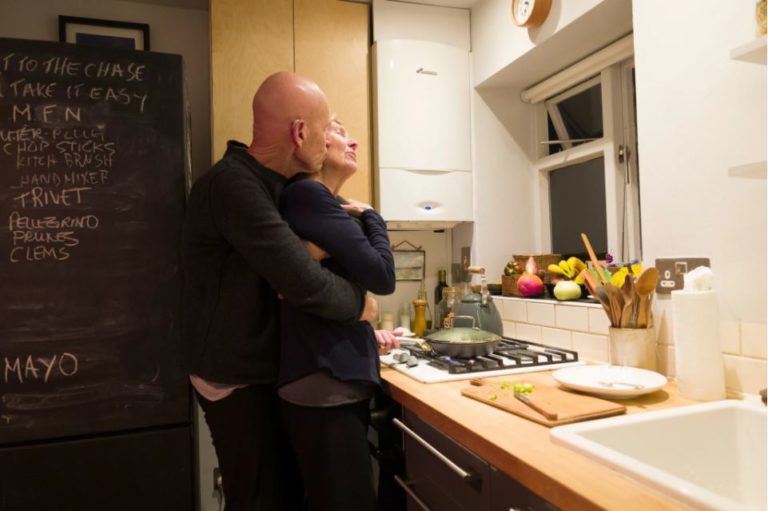

A photograph is a kind of projection of the photographer’s mind. It’s why a Diane Arbus photograph is different from a Garry Winogrand, which, in turn, is different from a Joel Meyerowitz, even if they’re all taken on Fifth Avenue. I’m becoming much more aware of these differences in style as I continue to study photographers.
What is Meyerowitz’s style? What does he have to say? He’s intelligent, thoughtful, articulate, perceptive, prolific, amiable, highly regarded, highly awarded, well-published, well-exhibited, and optimistic. That’s a lot. He’s also an all-around competent photographer, be it street photography when he thinks fast on his feet, or the slower large-format approach. All this describes him but it still doesn’t describe his style.
In the end, I found it in his own words:
“When I think about my photographs,” he says, “I understand that my interest all along has not been in identifying a singular thing, but in photographing the relationship between things – the unspoken relationship, the tacit relationship, the impending relationship, and all of these variables are there if you choose to see in this way… I wanted the ephemeral connections between unrelated things to vibrate and if my pictures work at all at their best, they are suggesting these tenuous relationships… That fragility is what’s so human about them.”
Fast or slow, Meyerowitz is an incredible photographer; I value his perception of the world.

